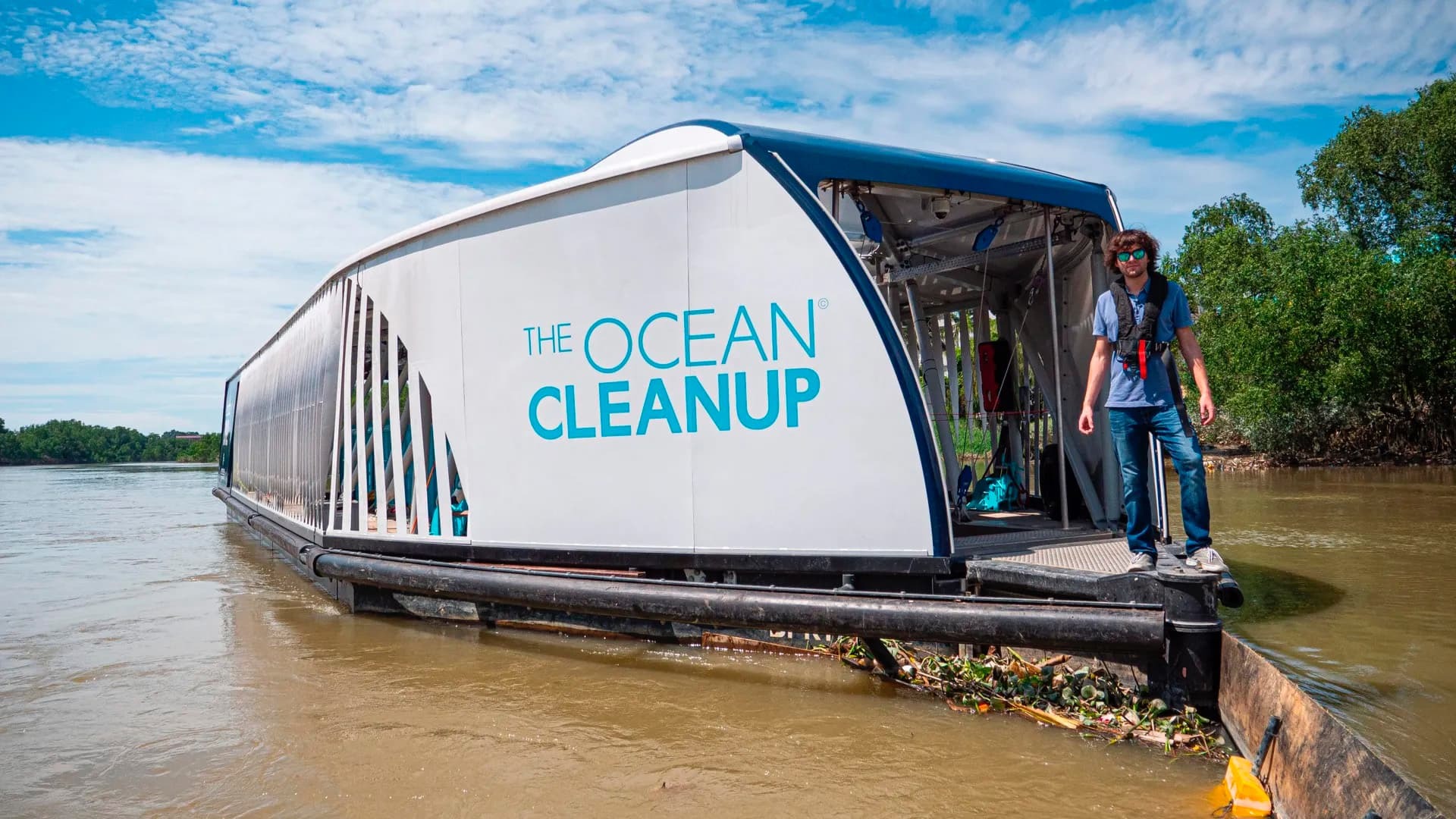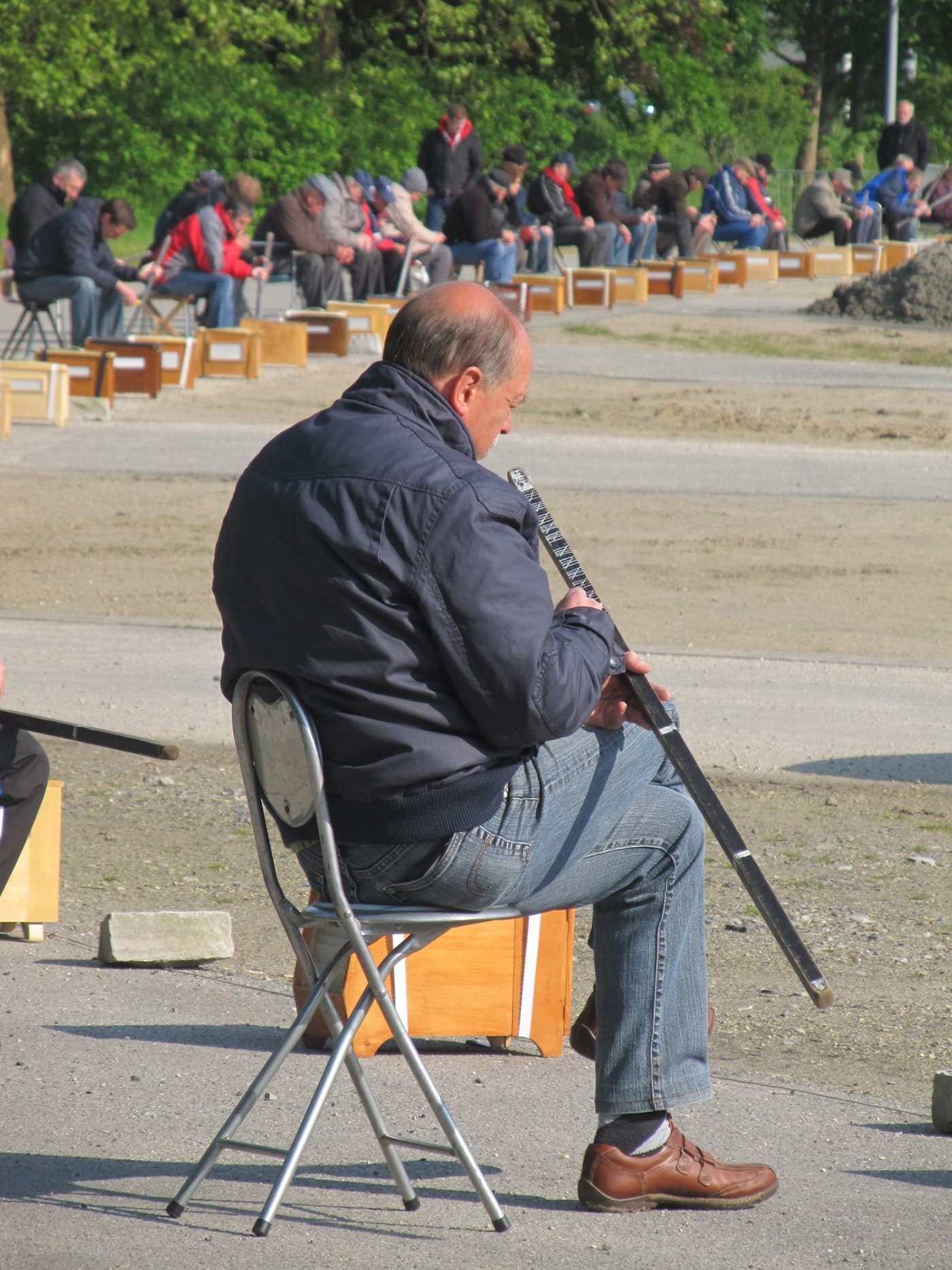Veerle's Sidenotes A collection of thoughts on subjects of my interest.
Heimwee
I never thought I’d grow so fond of my own language. Honestly, I’ve never been a huge fan of ‘Hollands’—yes, it’s Dutch, but it’s quite different from the way we speak it. There’s a world of difference in how it sounds. Yet, now I’ve got Dutch songs in my playlist, thanks mostly to two fantastic women: Merol and Eefje de Visser. Eefje, though, has a bit of a Belgian link, as she lives in Ghent with her husband and child.

Bitterzoet
It’s hard to believe it’s already been four years since she wowed the world with her incredible album “Bitterzoet,” which translates to “bittersweet” in English. This album skyrocketed her to the top of the Dutch indie pop scene. I’ve lost track of how many times I’ve listened to it. You can check out the music video for the title track below.
The challenge of creating something amazing is that it sets sky-high expectations for whatever comes next. Her new album “Heimwee” has been out since September 13. It’s her fifth studio album. The initial spark for what would become a new musical chapter started with the English lyrics “homesick in my hometown.” This set the stage for a fresh creative journey, one that promises to be just as captivating as her previous work, rich in depth and nuance. No one captures and uncovers emotions quite like Eefje de Visser.
I believe she is unique with her distinctive cryptic manner of writing song lyrics. The production quality is impressive, with producer and husband Pieterjan Coppejans showcasing his skill in artfully blending sounds. He flawlessly intertwines the vocals with the instruments, especially evident when you listen with headphones that allow you to immerse yourself in her world. This is a highly recommend listen!
The Ocean Cleanup
It’s incredible what one person can achieve, and Boyan Slat is a prime example. A Dutch inventor and entrepreneur, his story begins at the age of 16 while on vacation in Greece. During a scuba diving excursion, he encountered more plastic bags than fish in the sea. This shocking sight ignited the spark that launched his remarkable journey.

Boyan Slat in Asia
Studied Aerospace Engineering, becomes a Cleaner
With just €300 of saved-up pocket money, Boyan Slat dropped out of his Aerospace Engineering degree at Delft University of Technology to develop his plan, initially facing numerous challenges. However, a few months later, everything changed when his TEDx presentation went viral after being picked up by various news blogs. This surge in publicity enabled Boyan to gather an initial team of volunteers and launch a crowdfunding campaign, which financed a year-long feasibility study—the first concrete step toward realizing his technological solutions. This marked the beginning of The Ocean Cleanup.
When people say something is impossible, the sheer absoluteness of that statement should be a motivation to investigate further.
Since then, much progress has been made. In the first eight years of The Ocean Cleanup, 314,000 kg of trash was collected. Now, they are removing the same amount every 4.5 days. As of July, they have surpassed a total of 15,000,000 kg of trash removed from oceans and rivers worldwide. I highly recommend watching this video below.
Illegal Bird Trapping
You would think that in this day and age, birds could live their lives peacefully. I was quite shocked when I recently saw these figures from Bird Protection Flanders about illegal bird trapping. Several cases have even made it to court.

Starling
Facts and Figures
Here are some notable facts and figures about the lawsuits: These cases often involve persistent behavior by perpetrators who have been engaging in this activity for generations and show no awareness of guilt. In one case involving the trade of frozen starlings, the defendant was found to have captured and traded a total of 65,399 starlings between 2001 and 2023. During inspections by the Nature Inspectorate, the following were discovered in various cases:
- 427 live birds: including finches, goldfinches, bruisers, redpolls, siskins, starlings, greenfinches, crossbills and 'black' pheasants (bred pheasants for illegal restocking)
- 8,384 dead birds (found when caught red-handed by the Nature Inspectorate or traded in the past as shown by the accounting records found)
- at least 344 traps.
- large sums of cash: € 103,035 in cash was found in 1 case. The man is said to have traded 10,000 starlings, 400 snipes, 400 hares and 20 deer in 2022.
- in several cases also poison, live decoys and/or weapons
The penalties vary from case to case. Effective prison sentences of 6 months were demanded on several occasions and requested fines amounted to €8,000.
Vinkenzetting
I’m not sure if this tradition exists in other countries, but in Flanders, Belgium, there’s a practice called “Vinkenzetting,” or “Finch sitting.” This tradition dates back to Flemish merchants in 1596 and is considered part of traditional Flemish culture. Participants gather on a closed-off street, each with a numbered box containing a male finch. It is a competitive sport where the male common chaffinches compete to make the highest number of bird calls in an hour. The proximity of the cages increases the number of calls, as the birds sing for mates and to establish territory.

Vinkenzetting Deinze. The long black rod is used for counting.
There has to be silence in that street. When I’m on my bicycle, I always ignore those closed-off streets and ride through, enjoying all the angry looks. No one has said anything so far, but if they did, my only response would be, “Stick yourself in a box and sing for an hour, and see how much you like it.”
Various studies show that the starling population has been declining since the late 1970s. At the European level, the population of the species decreased by 52% between 1980 and 2011. In Flanders, the evolution of the starling population is also described as problematic by the Institute for Nature and Forest Research (INBO). Between 2007 and 2018, a 36% decline was recorded in Flanders. These illegal traps aren't exactly helping.
Photo Finch sitting By Donarreiskoffer - Own work, CC BY 3.0.
Photo Starling by ArWeltAtty Attila.

